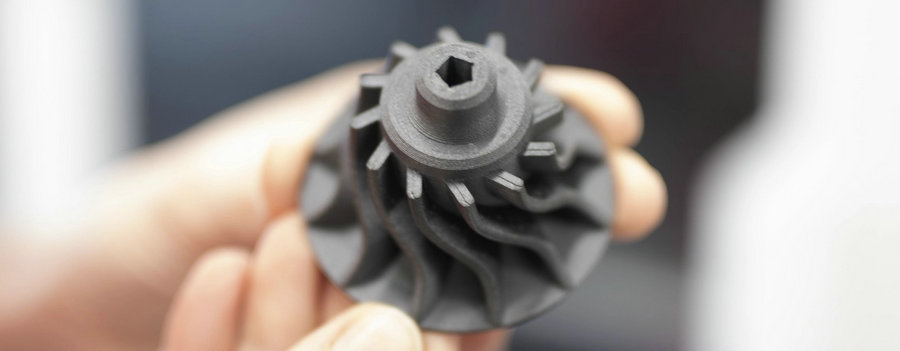
_______________________________________________________________________________________________________________________________________________________________________
PEEK impellers are primarily manufactured using pure PEEK or 30% carbon fiber-reinforced PEEK. They are designed to replace metal parts in high-speed, high-performance electric motor impellers without compromising dynamic balance, while optimizing weight and noise reduction.
The lightweight nature of PEEK impellers helps reduce the overall weight of the device, while their high strength allows them to withstand enormous centrifugal force and airflow impact during high-speed operation. This ensures stable performance even at speeds of up to 150,000 RPM.
Special mold designs and production processes are employed during the manufacturing of PEEK impellers to guarantee high precision, including dimensional accuracy and surface quality. These ensure the impeller meets strict design specifications and maintains a dynamic balance that effectively keeps noise below 60 decibels even at high speeds.
As one of the core components in vacuum cleaners and hair dryers, impeller performance directly affects the overall efficiency and user experience. With advancements in material science, PEEK (Polyether Ether Ketone) has emerged as the ideal material for manufacturing impellers in vacuum cleaners.
PEEK's high tensile strength, high elastic modulus, and high hardness ensure structural integrity and stable performance under extreme conditions — such as rotational speeds up to 150,000 RPM, enduring massive centrifugal and airflow forces. These features enhance the working efficiency and lifespan of the impeller.
Turbochargers compress air and feed it into the engine, improving both power output and efficiency. As engine technology advances, turbochargers are widely adopted to increase engine performance and reduce emissions.
The rotor in a turbocharger operates at tens of thousands to over two hundred thousand revolutions per minute. Thanks to PEEK's outstanding heat resistance and mechanical properties, it is well-suited for manufacturing turbocharger impellers. These impellers must withstand high temperatures, pressure, and rapid rotation — and PEEK ensures long-term, stable operation under such harsh conditions.
A well-balanced rotor-impeller system:
Prolongs bearing lifespan
Reduces vibration and noise
Minimizes power loss
Decreases rotor load
Dynamic balancing aims to align the center of mass with the axis of rotation:
F = mω²e, where e → 0
Uniform Mass Distribution: Impellers must have even mass distribution. Imbalances cause centrifugal forces that result in vibration, noise, and potential equipment damage.
Regular Geometry: The impeller should have a symmetrical shape to ensure even force distribution during rotation.
Straight Shaft Alignment: The shaft must be perfectly aligned. Any tilt can cause wobble and disturb balance.
Force Equilibrium: During rotation, the centrifugal forces acting on various parts of the impeller must cancel each other to achieve balance.